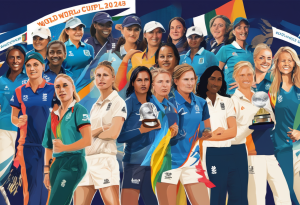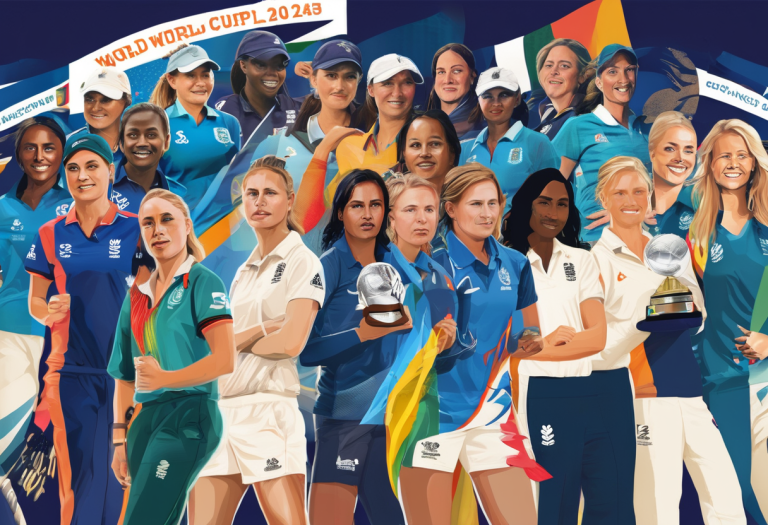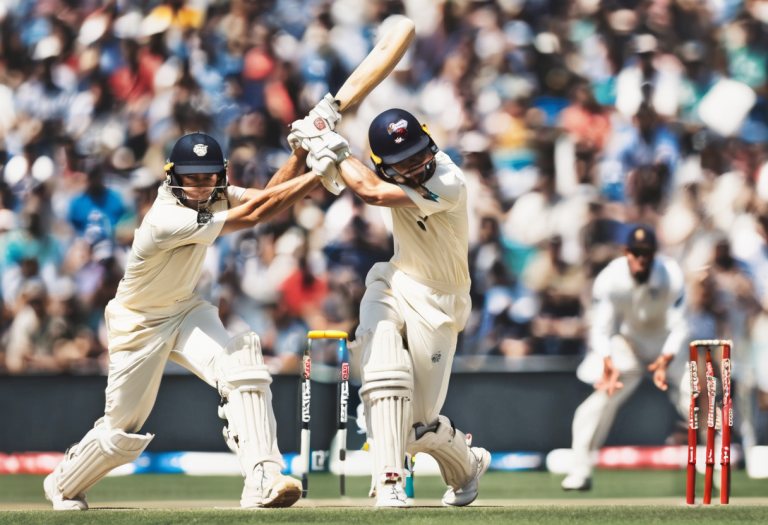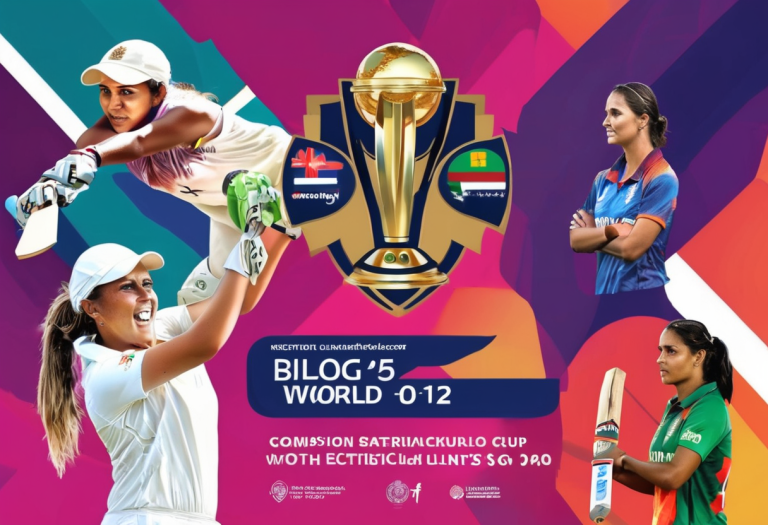The ICC Women’s World Cup 2025 is set to be the ultimate showcase of cricket for female athletes around the world. As fans eagerly anticipate this highly-anticipated event, it’s worth taking a look back at the previous editions to identify any notable changes or improvements in statistical trends. From the first edition in 1973 to the most recent one in 2017, the Women’s World Cup has seen significant growth and evolution, both in terms of participating teams and overall performance.
One of the most notable changes in the ICC Women’s World Cup has been the increase in participating teams. The first edition of the tournament featured only six teams, while the upcoming 2025 edition will have 10 teams competing for the coveted title. This expansion has allowed for more diversity and representation, as well as the opportunity for lesser-known teams to shine on the global stage. Furthermore, the introduction of the Super Sixes format in 1997 and the subsequent switch to the group stage and knockout format in 2013 has added a level of competitiveness and excitement to the tournament.
In terms of performance, the stats also speak volumes about the growth of the Women’s World Cup. In earlier editions, there were often large discrepancies between scores and margins of victory between teams. However, as the tournament has progressed, the gap has significantly narrowed, with many matches being decided by a mere few runs or wickets. This not only makes for a more thrilling and unpredictable competition, but also showcases the overall improvement in skill and talent among all participants.
Another notable change in recent years has been the incorporation of advanced technology and analytics in the game. From the use of Decision Review System (DRS) to the introduction of data-driven player selection processes, the Women’s World Cup has embraced the benefits of statistical analysis to drive performance and make strategic decisions. This has not only improved the quality of the game, but also opened up opportunities for data analysts and statisticians to become integral members of the cricket community.
As we eagerly wait for the ICC Women’s World Cup 2025, we can see the impact of these changes and improvements in the overall stats of the tournament. With a more diverse and competitive field, closer matches, and the integration of advanced technology, the Women’s World Cup has undoubtedly come a long







